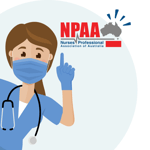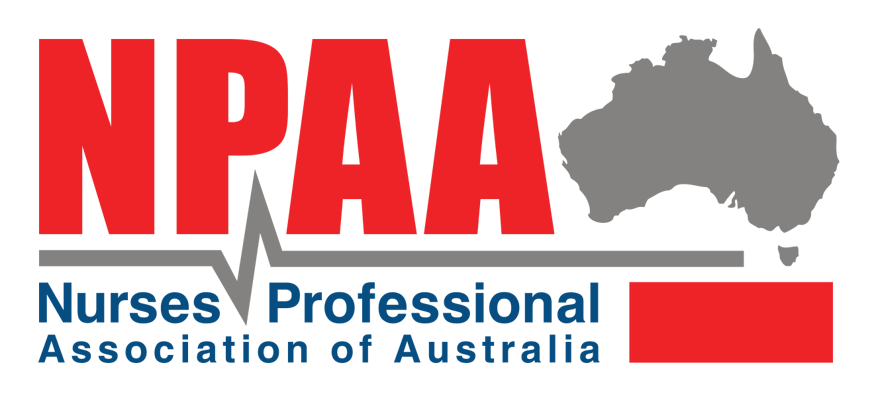16 min read
Flexible Work Options for Nurses: Guide to Beating Burnout
By: NPAA on May 6, 2025 2:33:20 PM
What Every Nurse Needs to Know About Flexible Work & Burnout Recovery
.png?width=200&height=200&name=Nurse%20Burnout%20(8).png) Burnout is silently crippling our healthcare system.
Burnout is silently crippling our healthcare system.
Recent data reveals a shocking truth: 7 out of 10 frontline healthcare workers report symptoms of burnout. This isn't just affecting their wellbeing—it's directly impacting patient care quality and safety.
At NPAA, we've helped nurses across Australia secure flexible working arrangements.
Read about one member's success story here.
This guide provides insights into the approaches our case managers use to support nurses seeking flexible work arrangements.What You'll Discover in This Guide
✅ How to identify burnout warning signs before they become critical
✅ Evidence-based scheduling patterns that minimise fatigue and improve patient safety
✅ Step-by-step approach to requesting and implementing flexible arrangements
✅ Proven strategies for overcoming common management objections
✅ Ready-to-use template for making effective flexibility requests
 Part 1: Understanding Nursing Burnout
Part 1: Understanding Nursing Burnout
More Than Just Being Tired
Burnout isn't simply feeling tired after a challenging shift or having a bad day. It's a state of chronic workplace stress characterised by three distinct dimensions:
- Emotional exhaustion: Feeling emotionally overextended and depleted of emotional resources
- Depersonalisation: Developing a cynical, detached attitude toward patients and colleagues
- Reduced personal accomplishment: Diminished feelings of competence and achievement in your work
 Self-Assessment: Are You Experiencing Burnout?
Self-Assessment: Are You Experiencing Burnout?
Take a moment to rate yourself on a scale of 1-10 for each dimension:
-
-
How emotionally drained do you feel at the end of your typical shift?
-
How often do you notice yourself being detached or cynical about patients?
-
How frequently do you question whether your work makes a difference?
-
Important: Scores of 7 or higher in any dimension suggest that you may be experiencing significant burnout symptoms.
In nursing specifically, burnout manifests through:
- Physical symptoms: Fatigue, sleep disturbances, headaches, gastrointestinal issues
- Psychological symptoms: Anxiety, depression, irritability, cognitive difficulties
- Occupational consequences: Increased errors, reduced quality of care, higher turnover
The Direct Impact on Patient Care
.png?width=200&height=200&name=Nurse%20Burnout%20(2).png) The connection between nurse burnout and patient safety is alarming:
The connection between nurse burnout and patient safety is alarming:
- According to a scoping review by Bell et al. (2023), data from 38 U.S. healthcare facilities found that 82% identified fatigue as a contributing factor in medication errors and near misses
- Fatigue directly correlates with reduced cognitive performance, lack of attention, and decreased vigilance
- Research by Saleh et al. (2014) found that medication errors increased in frequency when RNs worked irregular shifts with additional unplanned overtime
Key Contributors to Nurse Burnout
Several factors specifically elevate burnout risk for nurses:
- Excessive workload: The sheer volume of patient care responsibilities
- Night shift work: Disruption of circadian rhythms affecting physical and mental health
- Inadequate breaks between shifts: Insufficient recovery time
Poor work-life balance: Difficulty managing professional demands with personal needs - Limited control over scheduling: Lack of autonomy in determining when you work
- Consecutive extended shifts: Working multiple long shifts without adequate recovery

Self-Reflection Exercise: Which of these factors most affects your well-being? Note the top two contributors to your personal burnout risk.
These factors aren't just inconveniences—they have documented negative health effects including increased risk of heart disease, gastrointestinal disorders, depression, and decreased fertility. Bell et al. (2023) reported that nurses working rotating shift patterns experience significant fatigue, which can lead to serious health issues over time.
The Business Case for Addressing Burnout
Addressing nursing burnout must be a top priority for healthcare employers and systems, as the consequences impact every level of care delivery:
- Patient safety: Burnout is associated with a significant increase in error rates and adverse events
- Financial costs: Each nurse who leaves due to burnout costs healthcare facilities a substantial amount in replacement expenses
- Workforce sustainability: Addressing burnout helps retain experienced staff
- Legal compliance: Employers have duties under workplace health and safety laws to minimise foreseeable risks
This isn't just about individual wellness—it's a critical business and patient safety imperative.
Part 2: Your Legal Rights to Flexible Working Arrangements
Many nurses don't realise they have legal protection when requesting flexible arrangements. Under the Fair Work Act, you have the right to request flexible working arrangements if:
.png?width=200&height=200&name=Nurse%20Burnout%20(17).png) You've worked with your current employer for at least 12 months (including as a casual working systemic shifts and there’s a reasonable expectation you will continue to work there)
You've worked with your current employer for at least 12 months (including as a casual working systemic shifts and there’s a reasonable expectation you will continue to work there)- AND you meet one or more qualifying criteria, such as:
- Being a parent or guardian of a school-aged or younger child
- Being a carer (as defined in the Carer Recognition Act)
- Having a disability
- Being 55 or older
- Experiencing family or domestic violence
- Supporting an immediate family member experiencing family violence

Self-Assessment Checklist:
- I have worked with my current employer for 12+ months
- I meet at least one of the eligibility criteria
- I can document how my circumstances qualify under the Act
Many nurses will qualify under at least one of these conditions, especially those with caregiving responsibilities or who are over 55.
Types of Flexible Working Arrangements You Can Request
The Fair Work Act supports various flexibility options that the NPAA has successfully negotiated for members:
- Changes to Hours of Work
- Adjusted start/finish times
- Compressed work week (full-time hours over fewer days)
- Reduced hours (moving from full-time to part-time)
- Split shifts
-1.png?width=200&height=200&name=Nurse%20Burnout%20(2)-1.png)
- Changes to Patterns of Work
- Job sharing
- Fixed shifts
- Block scheduling
- Self-rostering
- Changes to Location of Work
- Work-from-home components (for appropriate nursing roles)
- Multiple work locations
- Working closer to home
Decision Framework Activity: Consider which arrangement would best address your specific burnout risk factors identified in Module 1.
Complete this statement: "The most beneficial arrangement for my wellbeing would be _____________ because it addresses my challenge with _____________."
Healthcare employers must genuinely consider these requests and can only refuse on reasonable business grounds after adequate discussion with the employee.
Part 3: Evidence-Based Shift Design for Minimising Fatigue
Queensland Health's Best Practice Rostering Guidelines provide excellent evidence-based recommendations that NPAA case managers frequently use when advocating for Queensland members:
Shift Length Best Practices
- Limit shift length to 8-10 hours where possible
- If working 12-hour shifts, ensure no more than 3-4 consecutive shifts
- Maximum working hours should be limited to 48 hours weekly including overtime
Optimal Break Patterns
- Maintain minimum 10-hour breaks between shifts
- Avoid "quick returns" (evening shift followed by morning shift)
- Allow at least 48 hours rest after a sequence of night shifts
- Be aware that fatigue increases with each consecutive shift, especially with shifts over 8 hours
Research Note: According to Bell et al. (2023), a review of 38 studies identified that fatigue is directly correlated with reduced cognitive performance, lack of attention, and vigilance. The study found that nurses working rotating shifts were significantly associated with medication errors and near misses. Hong et al. (2021), as cited in Bell et al. (2023), reported that nurses working 12-hour shifts experienced less chronic fatigue, but showed no significant correlation with medication error rates, highlighting the complex relationship between shift patterns and fatigue.
Night Duty Considerations
- Limit consecutive night shifts to 4 maximum
- Allow 2 nights off following the last night shift
- Avoid night duty for new graduates in their first month
- Consider forward rotation patterns (morning → afternoon → night) rather than backward rotation
Part 4: Step-by-Step Guide to Requesting Flexible Arrangements
Step 1: Identify the Right Arrangement for You
Consider which flexible arrangement would best address your specific circumstances:
- What specific changes would reduce your burnout risk?
- How will this change improve your well-being and work performance?
- How can the arrangement be implemented without negatively impacting patient care?
Step 2: Prepare Your Written Request
.png?width=200&height=200&name=Nurse%20Burnout%20(9).png) Your written request must include:
Your written request must include:
- A clear statement that you're making a request under section 65(1) of the Fair Work Act
- A detailed explanation of the changes you're requesting
- Your reason for requesting the change
- Confirmation of your eligibility under the Fair Work Act
Step 3: Submit and Track Your Request
Submit your written request according to your facility's protocols and keep documentation:
- Date request submitted
- Confirmation of receipt
- 21-day response deadline
- Follow-up date if no response received
Step 4: Navigate the Discussion Process
Be prepared to discuss your request with management:
- Bring evidence of how similar arrangements have worked successfully
- Anticipate concerns and have solutions ready
- Be willing to compromise on specific details
- Propose a trial period with evaluation metrics
NPAA members receive personalised support through each step of this process, including review of their written requests and coaching for management discussions.
Part 5: Overcoming Common Obstacles – NPAA Proven Strategies
When facing management resistance, these proven NPAA approaches can help:
When Facing "We Don't Have Enough Staff Coverage"
Effective Response: "I understand staffing is a concern. Could we consider a trial period with [specific solution] to evaluate the impact?"
Solutions to Propose:
- Job-sharing arrangements
- Staggered start times
- Cross-training initiatives
When Told "It Will Create Precedent for Others".png?width=200&height=200&name=Nurse%20Burnout%20(4).png)
Effective Response: "The Fair Work Act actually supports individualised assessment of each request based on specific eligibility criteria and circumstances."
Supporting Points:
- Emphasise the individualised nature of your request
- Reference the legal framework that supports case-by-case assessment
When Concerned About "Disrupting Continuity of Care"
Effective Response: "I've developed a detailed handover plan that would ensure continuity. For example, [specific solution]."
Proposals to Consider:
- Enhanced handover processes
- Maintaining core working days with specific patients
- Digital communication solutions
Ready-to-Use Flexibility Request Template
[Your Name]
[Your Contact Information]
[Your Position]
[Date]
Dear [Manager's Name],
Request for flexible work arrangements
In accordance with section 65(1) of the Fair Work Act, I would like to request flexible working arrangements that are different from my current working arrangements.
I would like to change my current working arrangements by [clear description of requested changes]. The change would [explain exactly how it would work, e.g., "see me starting work at 8:30 am and finishing at 4:30 pm, instead of commencing at 9:30 am and finishing 5:30 pm as per my current roster"].
This change will assist me to [explain your reason] because [provide further relevant details].
I am eligible to make this request because [state which eligibility criterion applies to you, e.g., "I am the parent of a child who is under school age"].
I can confirm that I [confirm your employment status, e.g., "am a full-time employee who has worked continuously as an employee of this facility for the last 18 months"].
I would like this working arrangement to start from [proposed start date]. I would like this arrangement to [state whether it's temporary or ongoing].
Under the proposed arrangements, [explain how your duties will be fulfilled and any benefits to the organisation, e.g., "I will be able to maintain my full patient load while significantly reducing my commute time, allowing me to arrive more rested and focused."]
I would appreciate your response to this request, in accordance with the Fair Work Act, in writing within 21 days of the date of this request.
I am happy to discuss this request at a time that is convenient and I am also willing to work with you to ensure this arrangement works effectively for both the facility and myself.
Please contact me on [your contact information].
Yours sincerely,
[Your Name]
Part 6: Why Join NPAA for Support with Flexible Working Arrangements
When you become an NPAA member, you gain access to:
- Personalised Support: Our case managers provide one-on-one guidance tailored to your specific workplace situation;
.png?width=200&height=200&name=Nurse%20Burnout%20(13).png)
- Industrial and Legal Expertise: Access to advanced Industrial Advocates and Legal Practitioners specialising in Employment Law who understand the Fair Work Act inside and out;
- Proven Templates: Customisable document templates that have successfully secured flexible working arrangements for hundreds of members;
- Negotiation Coaching: Preparation for discussions with management, including role-playing challenging scenarios;
- Ongoing Advocacy: Support throughout implementation and any challenges that arise; and
- Success Stories: Learn from other members who have successfully implemented flexible arrangements.
Conclusion: Take the First Step Toward a Sustainable Nursing Career
Implementing flexible working arrangements isn't just about compliance with workplace laws—it's about creating a sustainable nursing career and ensuring optimal patient care..png?width=200&height=200&name=Nurse%20Burnout%20(5).png)
By taking proactive steps to address burnout through intelligent scheduling, you can:
- Improve your physical and mental well-being
- Enhance your job satisfaction and career longevity
- Contribute to better patient outcomes
- Create a more sustainable healthcare system
Ready to take control of your wellbeing and career?
 Make sure you're fully covered with NPAA Membership, find out more about NPAA and become protected today: npaa.redunion.com.au/join
Make sure you're fully covered with NPAA Membership, find out more about NPAA and become protected today: npaa.redunion.com.au/join
Want to find out more or have a question? Get in touch with us:
Phone: 1300 263 374
Email: hotline@npaa.asn.au
Or book a meeting
Best of luck in your nursing journey!
Sources:
Australian Government Department of Health and Aged Care. (2024, April 29). Nurses and midwives get lifeline: new program tackles burnout head-on. https://www.health.gov.au/ministers/the-hon-ged-kearney-mp/media/nurses-and-midwives-get-lifeline-new-program-tackles-burnout-head-on
Bell, T., Sprajcer, M., Flenady, T., & Sahay, A. (2023). Fatigue in nurses and medication administration errors: A scoping review. Journal of Clinical Nursing, 32(17–18), 5445–5460. https://doi.org/10.1111/jocn.16620
Hong, J., Kim, M., Suh, E. E., Cho, S., & Jang, S. (2021). Comparison of Fatigue, Quality of Life, Turnover Intention, and Safety Incident Frequency between 2-Shift and 3-Shift Korean Nurses. International Journal of Environmental Research and Public Health, 18(15), 7953. https://doi.org/10.3390/ijerph18157953
Queensland Health Nurses and Midwives, EB9 Rostering Working Group Members, Executive Directors of Nursing and Midwifery Forum, Nurses and Midwives Implementation Group, Office of the Chief Nursing and Midwifery Office, Queensland Nurses and Midwives Union, & Employment Relations Team. (2011). Best practice rostering guidelines. In Best Practice Rostering Guidelines. https://www.qirc.qld.gov.au/sites/default/files/2022-12/2022_cb133.pdf
Saleh, A. M., Awadalla, N. J., El-Masri, Y. M., & Sleem, W. F. (2013). Impacts of nurses’ circadian rhythm sleep disorders, fatigue, and depression on medication administration errors. Egyptian Journal of Chest Diseases and Tuberculosis, 63(1), 145–153. https://doi.org/10.1016/j.ejcdt.2013.10.001
Related Posts
NPAA Case Win #1356 - NPAA Beats Bullies… again!
From a Parking Fine to the Removal of a Bullying Manager:How NPAA Empowered an Entire Team to...
Why NPAA is the Best Union for Nurses and Midwives
What makes NPAA the best union for nurses and midwives across Australia?
From comprehensive...
NPAA Case Win #1361 - From Stress to Success: How NPAA Transformed a Member's Work Environment
Standing Up Against Harassment and Bullying, Another Success Story from NPAA
Working to support a...



.png?width=200&height=200&name=Nurse%20Burnout%20(1).png)
.png?width=200&height=200&name=Nurse%20Burnout%20(3).png)
.png?width=200&height=200&name=Nurse%20Burnout%20(18).png)